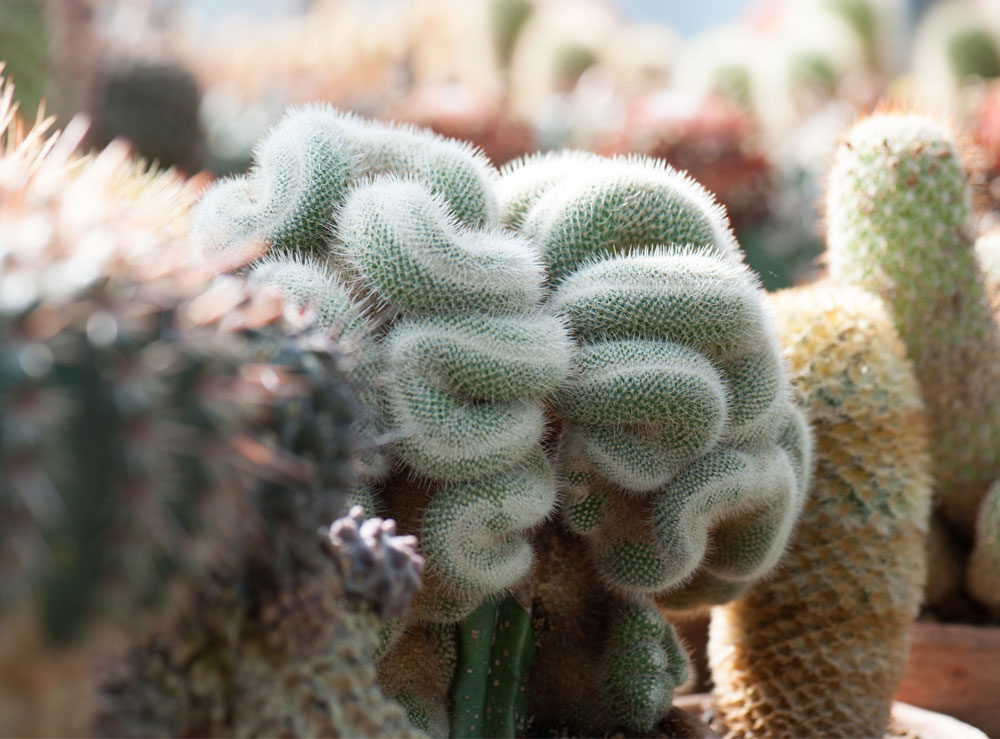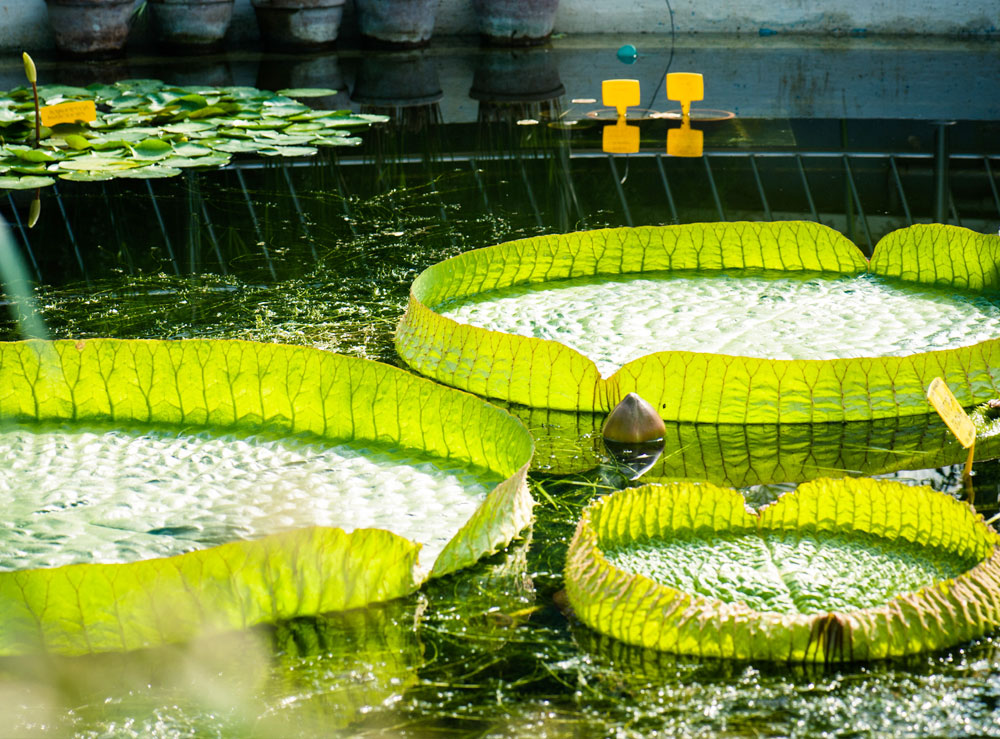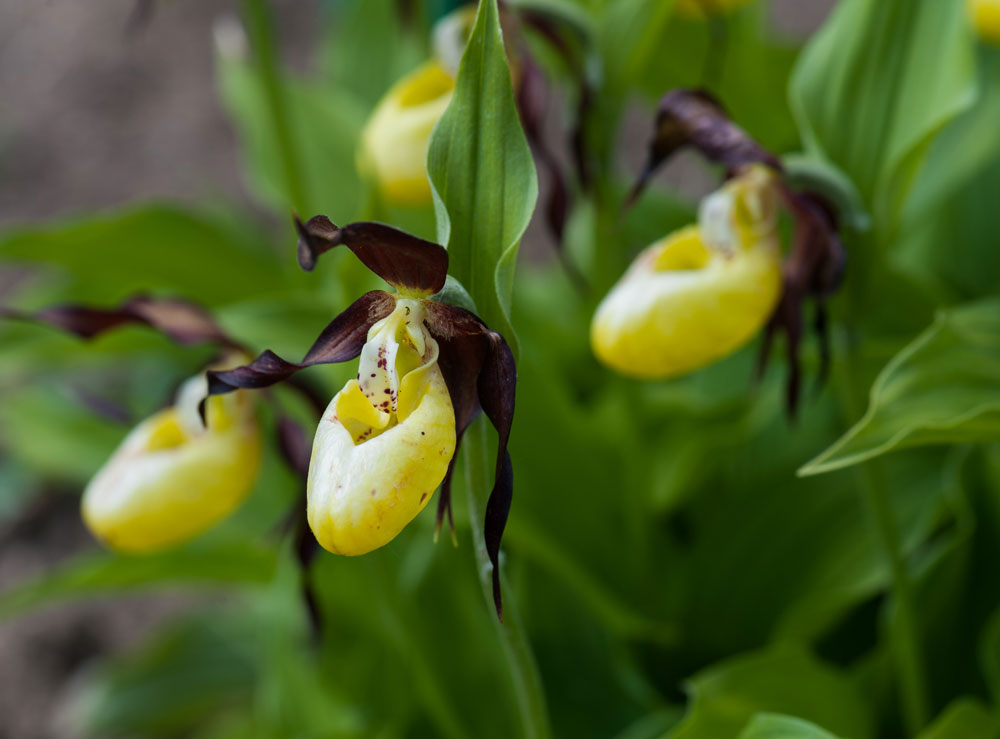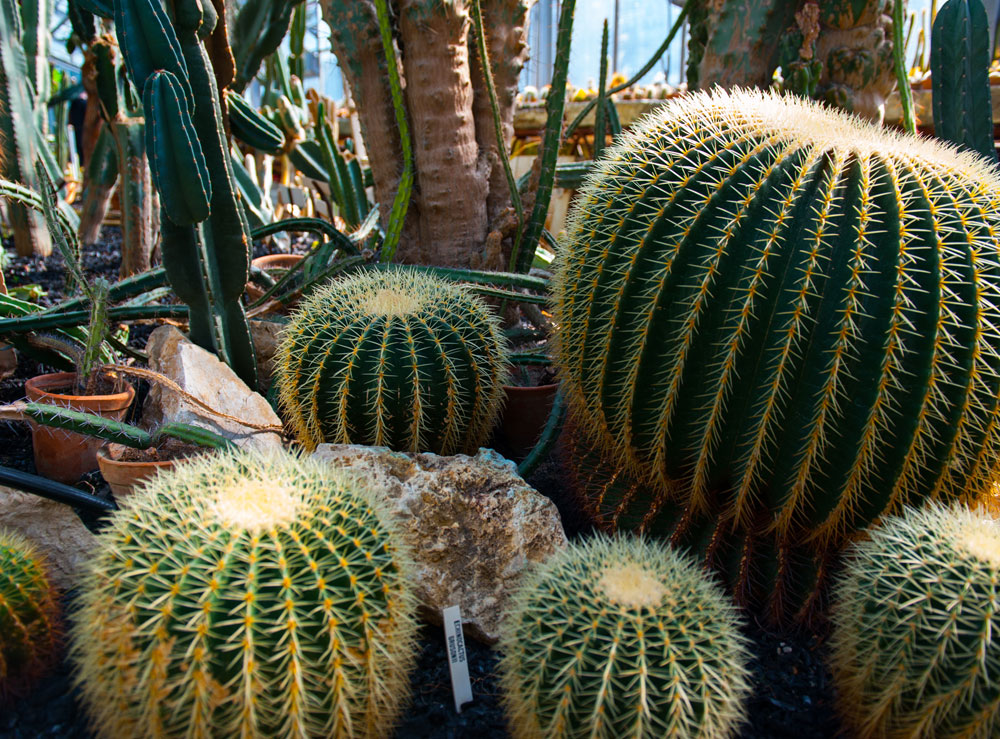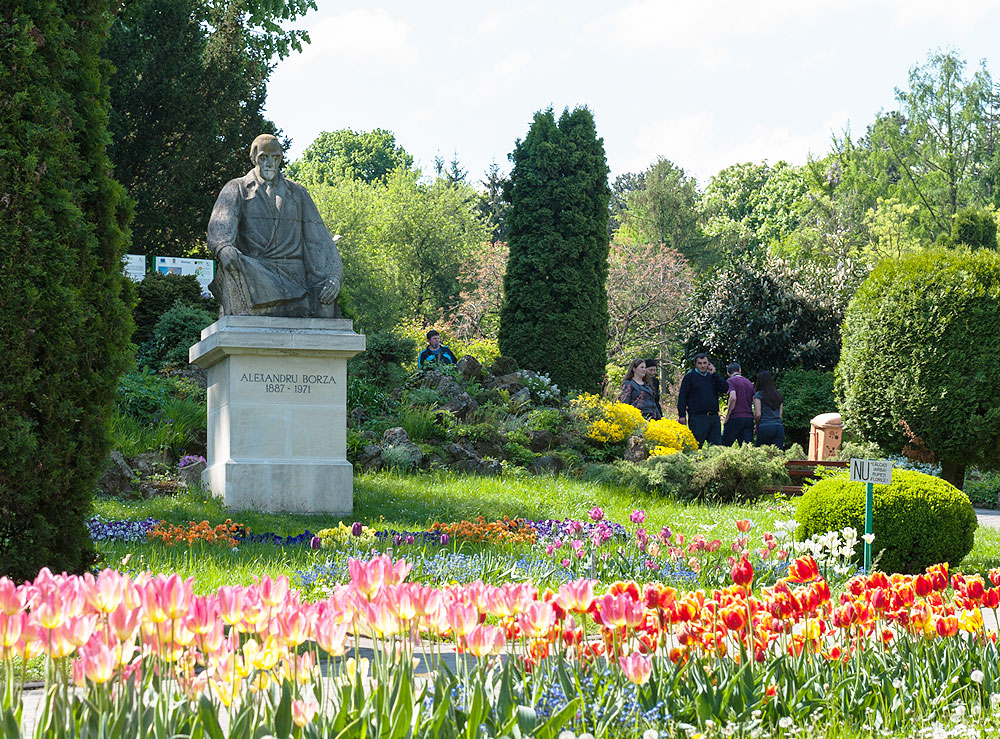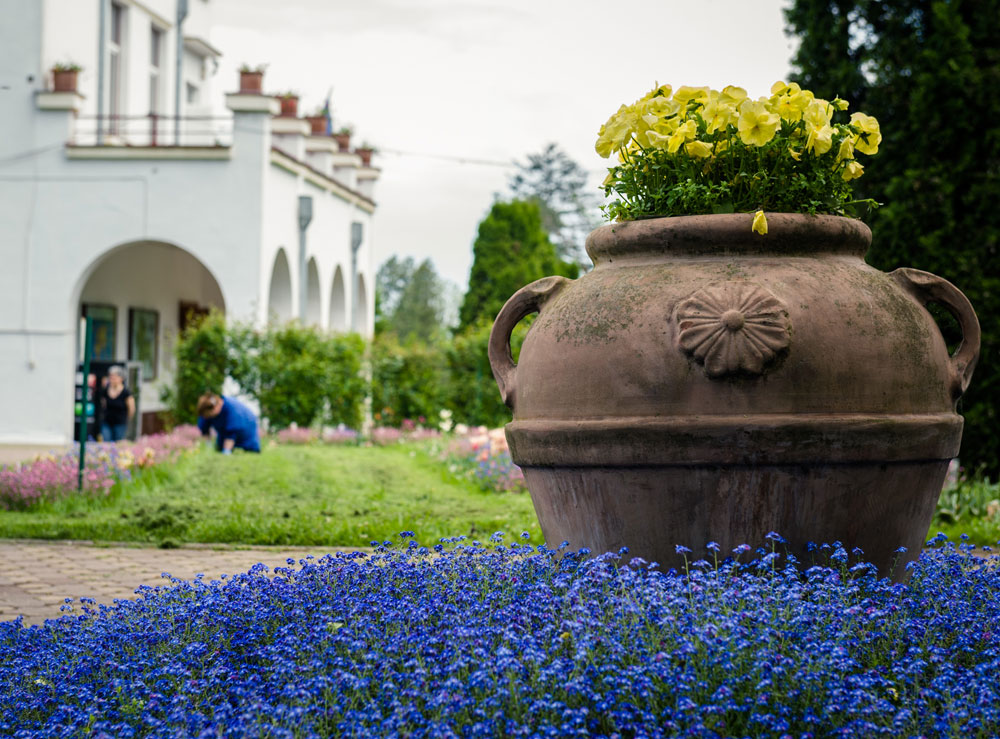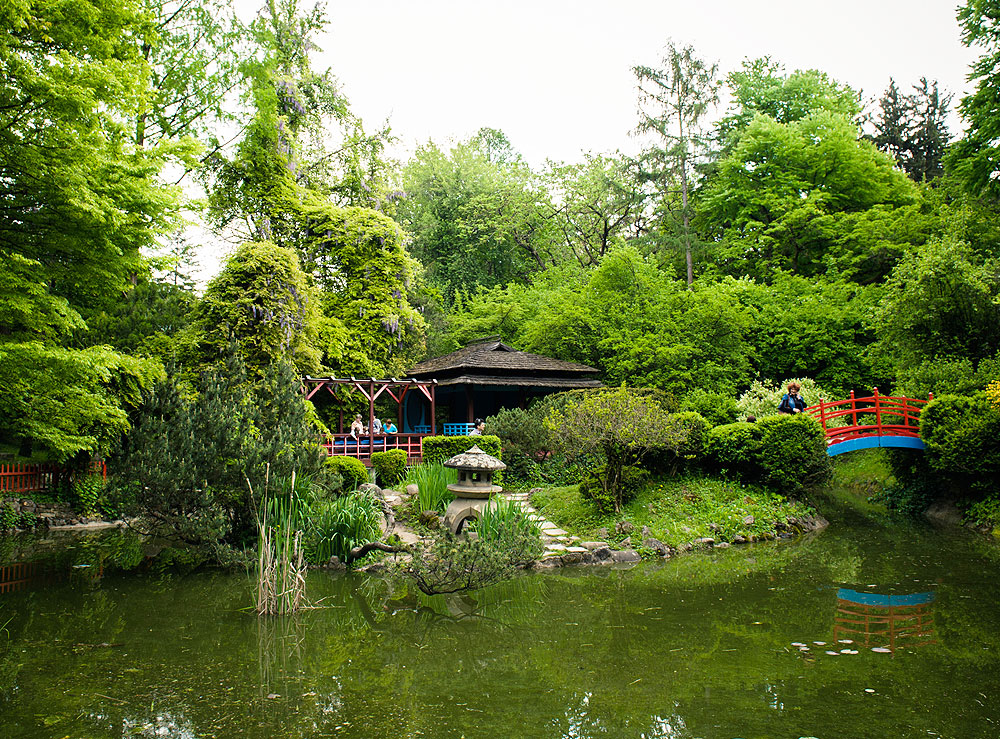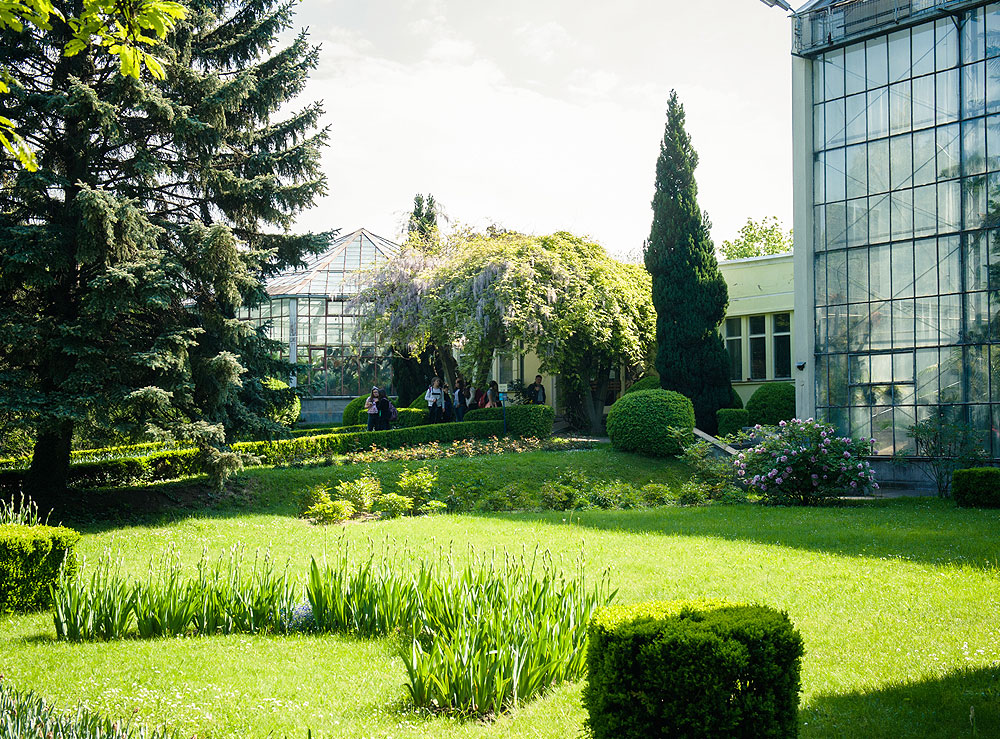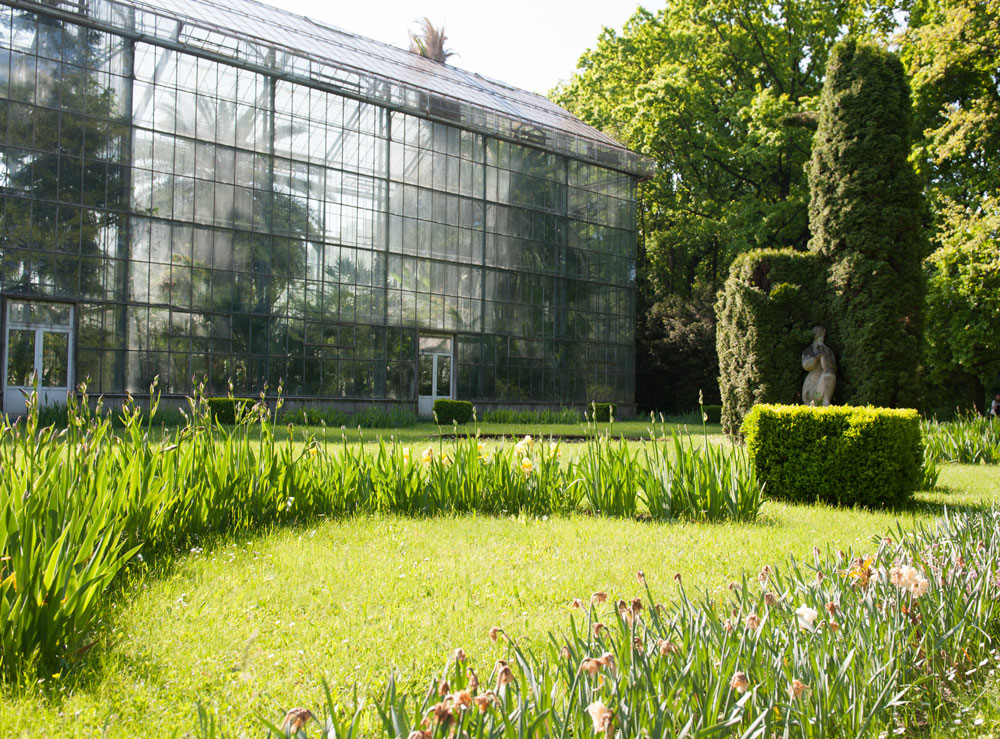Alexandru Borza Botanical Garden
Established in 1920 and officially opened for the public in 1925, Alexandru Borza Botanical Garden is a scientific, didactic and educational institution whose foundations were set in the present location by Alexandru Borza, prominent figure in the field of Biology in Romania.
The Botanical Garden covers 14 hectares, a varied land configuration suitable for the growth and development of plants from different continents. Around 10,000 specific categories are cultivated here, grouped for a better administration into several sectors: ornamental, phytogeographic, systematic, economic, greenhouses complex and the sector destined for persons with sight deficiencies - created recently in order to meet the needs expressed repeatedly by the community.
The Ornamental sector is meant to offer the visitor a wide range of species and decorative horticulture varieties whose shape and colour changes according to season. Worth mentioning the rose collection comprising around 250 species of roses and other flower collections: tulips, daffodils, hyacinths, dahlias, cannas, gladioli and lilies which change according to season.
The Phytogeographic sector comprises several objectives with themes meant to group plants from various geographical regions. Asia is represented by the Japanese Garden designed in the gyo-no-niwa traditional style. Flora from different geographical regions of our country is also well represented for the Transylvanian plain and plateau, the vegetation of the Carpathians Mountains and the Black Sea coast. A special attraction is the Roman Garden, known as Pliny's garden; it is towered by the statue of the Roman goddess Ceres, framed on both sides by two genuine coffins discovered in the old Roman city of Napoca.
The Systematic sector groups plants according to the family they belong to and where they are positioned on the evolutionary phylogenetic scale; the Economic sector groups plants together according to their utility in plants falling in the following categories: food, technical, fodder, honey and dyeing. The Greenhouse Complex consists of six sections: the aquarium greenhouse, the palm trees greenhouse, the Mediterranean and Australian plants greenhouse, the succulent plants greenhouse, the Bromeliaceae greenhouse and the orchids and ferns greenhouse.
The Botanical Institute accommodates the Botanical Museum, with a collection of about 7,000 items, grouped in the first part in the form of collections of scientific or economic importance, and in the second part, according to a phylogenetic criteria, in evolving order, beginning from plants with simple organization (algae, mosses, lichens, fungi), to plants with complex organization (gymnosperms and angiosperms).
The herbarium of the Botanical Garden is the largest and most important in the country, due to its collection of 750,000 sheets of pressed plants, the existence of holotypes certifying for the first time the identity of a particular species, and the presence of personal herbaria belonging to botany leading figures such as: Baumgarten, Porcius, Borza. The Herbarium was an underpinning element in the development of the monumental work of 13 volumes - Romanian Flora, describing the botanical characteristics of all species of plants growing in the country.
Based on the exchange of seeds or plant material, herbarium sheets or scientific publications, the Botanical Garden is connected to about 450 botanical gardens from all continents, and also with research institutes and libraries. This is a way of expanding the collections of plants and one of the ways of having scientific exchanges. The Botanical Garden also prepares two annual publications: the Botanical Contributions journal and the Seeds catalogue.
The Botanical Garden is visited annually by about 150,000 people, a fact which gives it the status of a true symbol of Cluj.





